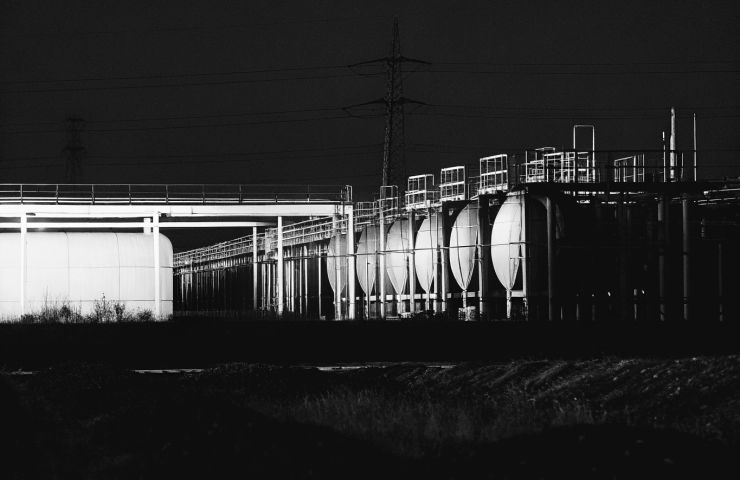
UK Greenlights First Hydrogen Allocation Round, Paving Way for Commercial-Scale Hydrogen Production
July 24, 2025Ten green hydrogen projects. £400 million in private investment. £2 billion in government support. A major turning point for the UK’s clean energy game.
That’s the new reality following the official contract signings on July 23, 2025, under the UK Department for Energy Security and Net Zero’s (DESNZ) first-ever Hydrogen Allocation Round (HAR1). These projects, located across industrial powerhouses like Teesside, South Wales, North Scotland, and Devon, represent a bold jump into large-scale green hydrogen production—and the start of a new era in UK energy.
Rewriting the Industrial Rulebook
This is bigger than just hitting emissions targets. It’s about transforming the industries that built Britain. Regions that once ran on coal and steel are now being reimagined as hubs for sustainable energy. This is industrial decarbonization in action—cutting carbon from sectors that can’t just plug in and go electric overnight.
The hydrogen produced through HAR1 is set to power some of the toughest industries to clean up—think steelmaking, chemical production, refineries, and net-zero transit. These are areas where batteries often fall short, and why the UK government is going all-in on hydrogen as a core pillar of its 2050 net zero roadmap.
Clean Hydrogen, Powered by Electrolysis
What sets these projects apart? Every single one is based on green hydrogen via electrolysis. That means no fossil fuels, no carbon emissions—just renewable electricity splitting water into hydrogen and oxygen. Simple, clean, and powerful.
And it’s not just about clean air. In places like Teesside and South Wales, this shift is kicking off a whole new job wave. Over 700 skilled positions are tied to building and running these projects, breathing new life into local economies that know industry like the back of their hand.
Putting Real Money Where the Future Is
The numbers behind HAR1 tell a story of confidence. The UK government is backing the effort with more than £2 billion in revenue support through its Hydrogen Production Business Model—spanning the next 15 years. Topping that, there’s £90 million in capital funding from the Net Zero Hydrogen Fund.
The idea? De-risk green hydrogen so private investors feel confident putting skin in the game. And it’s working—developers have already pledged more than £400 million to get shovels in the ground between now and 2026. That kind of investment only shows up when the roadmap is clear and momentum is real.
This Is Just the Start
HAR1 is laying the foundation, but this is only the opening move. The next stages—HAR2 through HAR4—are already lined up. Each round will raise the stakes with more competition and tweaks to how support is delivered. The first round sets the pace, proving the UK can make green hydrogen work at scale, in a real-world market.
The national payoff goes way beyond emissions. With HAR1, the UK strengthens its energy security by weaning itself off imported gas—and gets a head start in positioning itself as a major player in the global hydrogen economy. Supply chains will grow, hydrogen infrastructure will expand, and we’ll be that much closer to seeing fuel cell technology move from pilot stage to prime time.
Of course, this won’t run on autopilot. Timelines need to stay tight. Integration with the wider energy system has to be smooth. And all of it hinges on keeping consistent support across shifts in politics, markets, and public sentiment.
The Bottom Line
This is more than government policy—it’s a statement of intent. With HAR1, the UK is making a clear bet on green hydrogen as a cornerstone of its cleaner, greener future. From coal-fired history to cutting-edge tech, these industrial regions are being reimagined for the zero-carbon age. It’s ambitious, it’s necessary, and it’s only just begun.



 With over 15 years of reporting hydrogen news, we are your premier source for the latest updates and insights in hydrogen and renewable energy.
With over 15 years of reporting hydrogen news, we are your premier source for the latest updates and insights in hydrogen and renewable energy.